Calilegua National Park
Argentina has a system of national parks designed to protect the country's natural and cultural heritage throughout the length and breadth of the territory.
I have visited some of them several years ago. I have visited others more recently.
Calilegua National Park is one of the most important yunga reservoirs in the entire country.
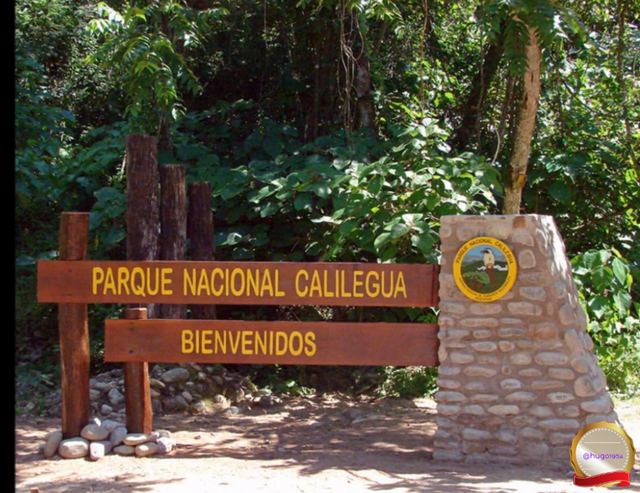
The Calilegua National Park was created in 1979 in order to preserve a representative area of the Tucuman-Oranense jungle, also known as "yungas". It constitutes the most biodiverse environment in the country along with the Parana jungle, in Misiones.
Calilegua is the only national park in the province of Jujuy and its area of 76306 hectares makes it the largest protected area in our country dedicated to the conservation of mountain rain forests. Access is free.
The park has a great scenic beauty that can be appreciated in all its splendor when traveling along Provincial Route No. 83 that runs through it. Along the way, three distinct environments can be identified: the Pedemontana jungle, the montana jungle and the montane forest.
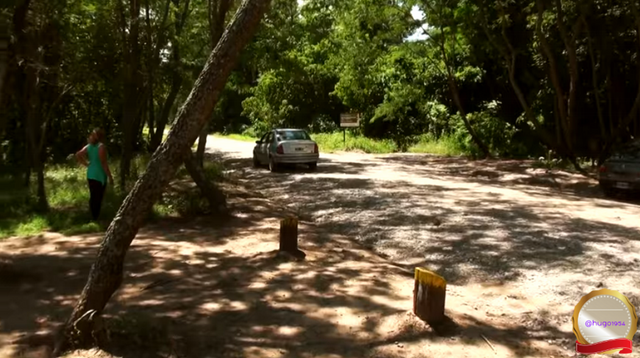
Birds and mammals in Calilegua park.
Each one of them presents a characteristic vegetation and it is possible to see certain species of birds and mammals in particular, which makes this site an ideal place for wildlife observation, especially birds, since 270 species have been surveyed and it is estimated that they could inhabit the park about 230 more, which would make Calilegua home to 50% of the bird species that inhabit our country.
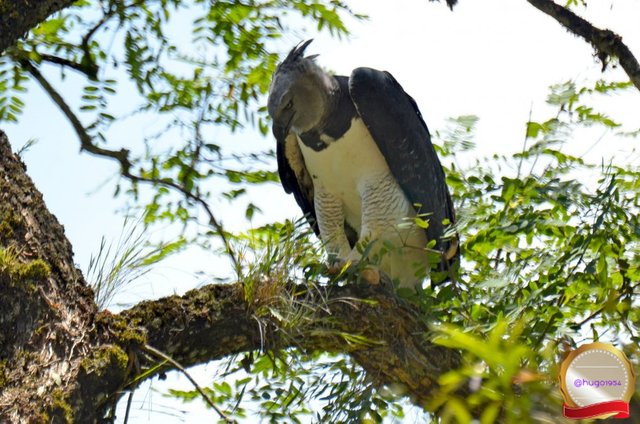
As for mammals, the presence of the largest predator in America, the Yaguareté, also known as "the tiger", should be highlighted. Other cats such as the yaguarundí, the ocelot, the pajonal cat and the puma inhabit these forests.
The tapir or anta is the largest of the yungas mammals and it is possible to observe its imprints imprinted in the mud of the banks of rivers and lagoons.
The observation of footprints is a way of verifying the presence of the fauna of the park, being recommended the identification of the same with park guides.
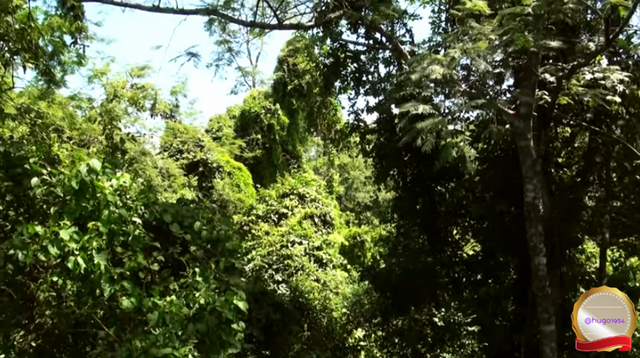
One of the most varied and important ecosystems northwest Argentina.
Close to the entrance access, is the rugged Aguas Negras campsite. It is possible to camp there, after registering with the park ranger section near it. There are toilets but the facilities lack hot water and it is also recommended to bring a supply of water, since that obtained from the taps is not drinkable.
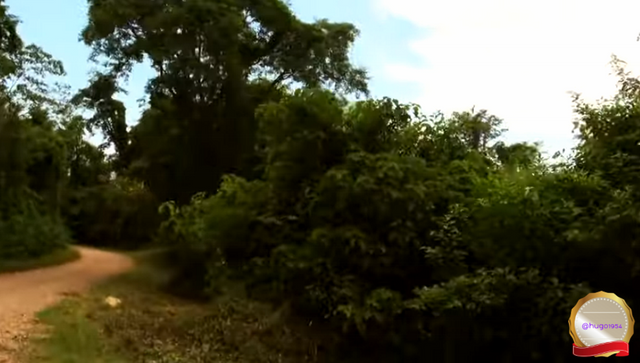
Yungas landscape.
A wide network of trails offers different alternatives to appreciate the beauties of the yungas landscape and offer the possibility of entering the depth of the jungles, being able to spot birds and with luck some of the elusive mammals, such is the case of monkeys, acuties , washing bear or mayuato, river wolves and peccaries.
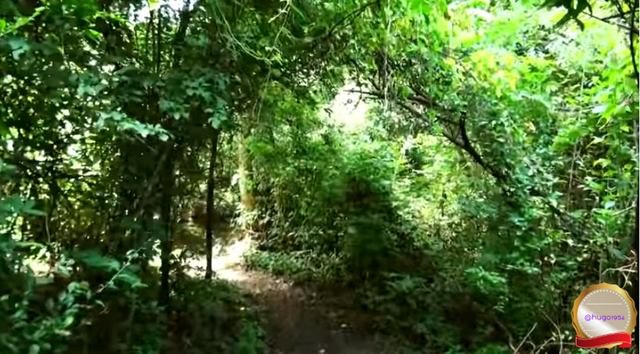
Although the signage is good, it is always highly recommended to walk the trails with guides authorized by the National Parks Administration, since frequent fogs and the absence of clear references in a fairly homogeneous landscape can make orientation difficult.
There is also a circuit enabled for cycling, making it an unforgettable experience.
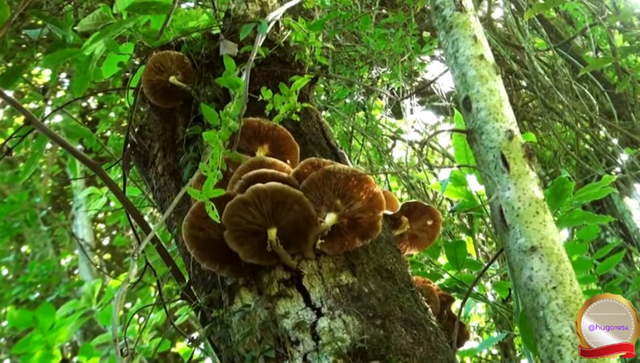
Post republished in Blurt.
